SAN FRANCISCO, Calif. - The U.S. Army Corps of Engineers San Francisco District recently resumed placing dredged material at Hamilton.
The 988-acre wetland restoration project in Novato, Calif., formerly an Army airfield, is set to receive nearly 1.2 million cubic yards of material over the next several months. The material, most of which will come from the district's two maintenance dredging projects at the ports of Oakland and Richmond, will be used to develop the site's last remaining tidal wetland areas.
Under the Corps' current 60/40 disposal policy, 60 percent of the bay's dredged material is slated for ocean disposal and upland placement, like that at Hamilton, with 40 percent going to in-bay disposal.
"The idea is to get as much dredged material upland for beneficial reuse as possible," said Robin Liffmann, project manager for Hamilton.
The last time the Corps placed dredged material here was back in 2009. Approximately, 4.3 million cubic yards of material was used from the district's Oakland Harbor Navigation Improvement Project, which deepened the port there from a depth of minus-42 feet to -50 feet.
One of the key components to restoring coastal wetlands is dredged material. It serves as the foundation for building the kind of typography conducive to growing plants and attracting wildlife.
"We are essentially using the mud to raise the elevation of the site, which would happen naturally if we breached it, but it would take decades longer," said Eric Jolliffe, a district biologist for the project. "The tidal marsh area is critical for a couple of endangered species - the salt marsh harvest mouse and the [California] clapper rail. So there's an advantage to creating this site as fast as possible."
In order to speed up the process, the Corps recently contracted with Manson Construction Company and The Dutra Group to establish a temporary offloader a few miles from shore where barges can unload their cargoes of dredged material. The system then slurries the material and moves it to different areas of the project site using a complex system of booster pumps, sub-stations and miles of pipeline.
"It is capable of placing 15,000 cubic yards of material per day on site," said Dave Doak, a district engineer for the project.
With dredged material placement complete in the seasonal wetland areas, the Corps is now focusing on developing the larger tidal parcel in the site's northwest section. Work is also being done to finish a wildlife corridor that will serve as a pathway for wildlife moving between the bay fringe, the Las Galinas property in the south and the freshwater areas in the west.
"Most restorations have a levee right up against the marsh," said Jolliffe. "The wildlife corridor will be 300-feet wide with a very gradual slope, almost imperceptible, to maximize the area of transition between wetland and upland. This transition is a rare type of habitat, and there will be a whole series of plants that grow just in that zone."
The Corps plans to propagate most of these transitional native plants, such as oak, buckeye, coyote bush and snowberry, on-site. A contract is in place to refurbish a former water treatment facility into a plant nursery.
With these types of restorations, time is a critical component. A nursery in close proximity to the project site allows biologists to grow native plants and get them in the ground more quickly.
"You avoid an invasion of plants you really don't want," said Liffmann. "The point is to set it up with the plants you want, so it will be sustainable in the future."
Helping that cause will not only be the Corps and its two partner agencies - the California State Coastal Conservancy and the San Francisco Bay Conservation and Development Commission - but also the local community.
"The idea is to get the public involved and provide volunteer opportunities," said Liffmann. "With a project like this, it absolutely has to be a team effort."
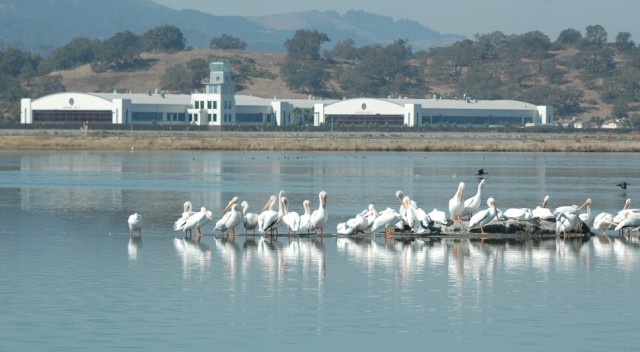
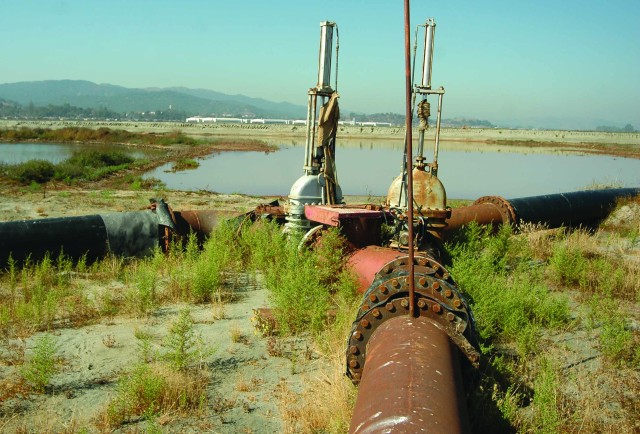
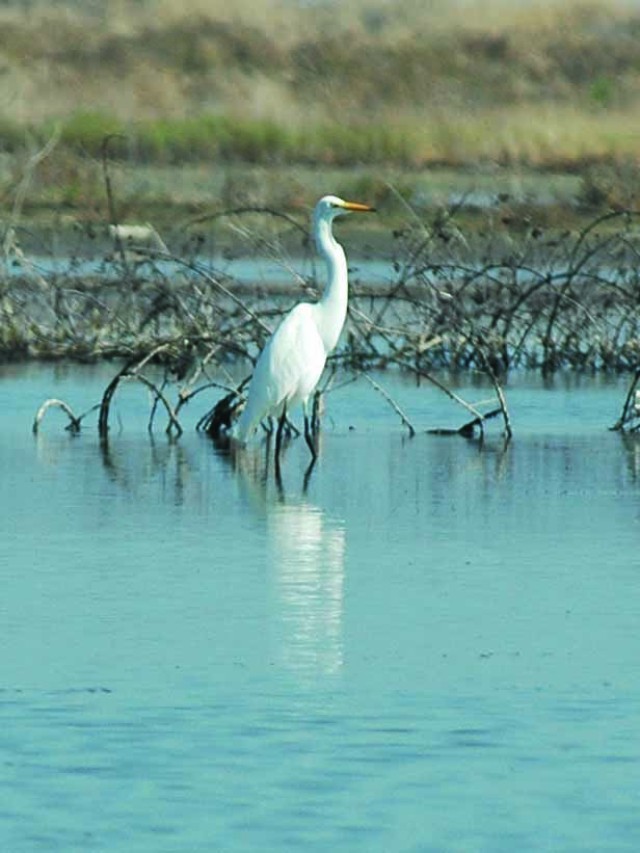
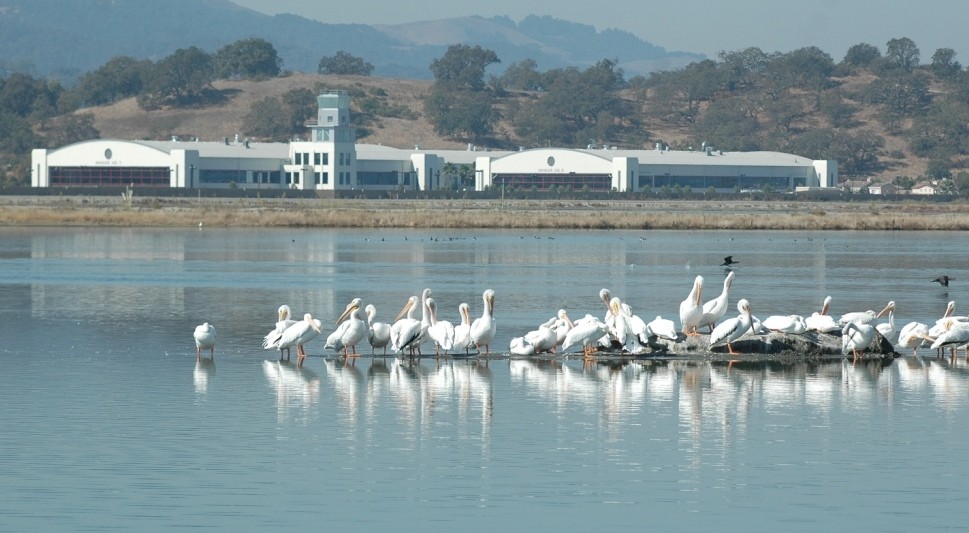
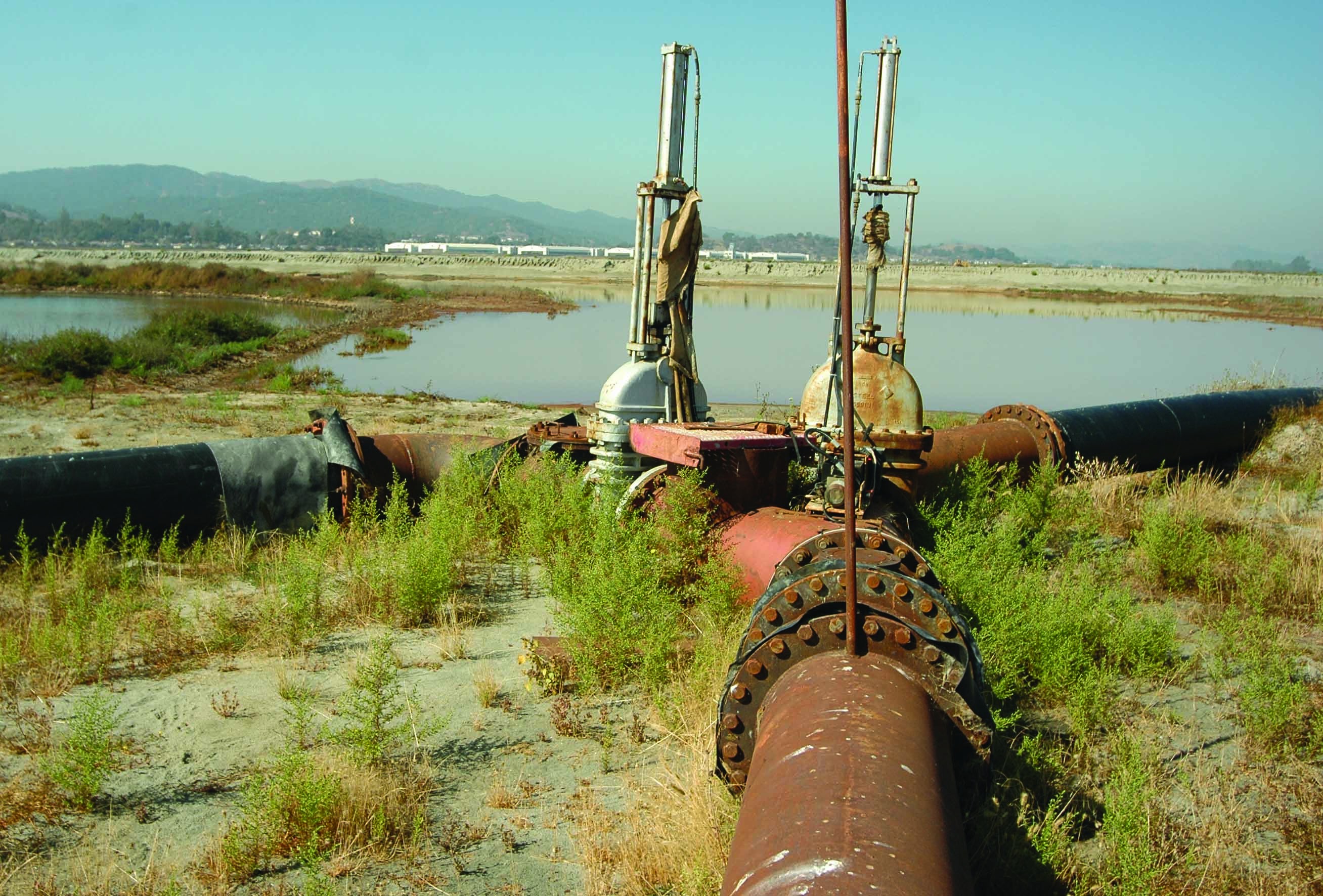
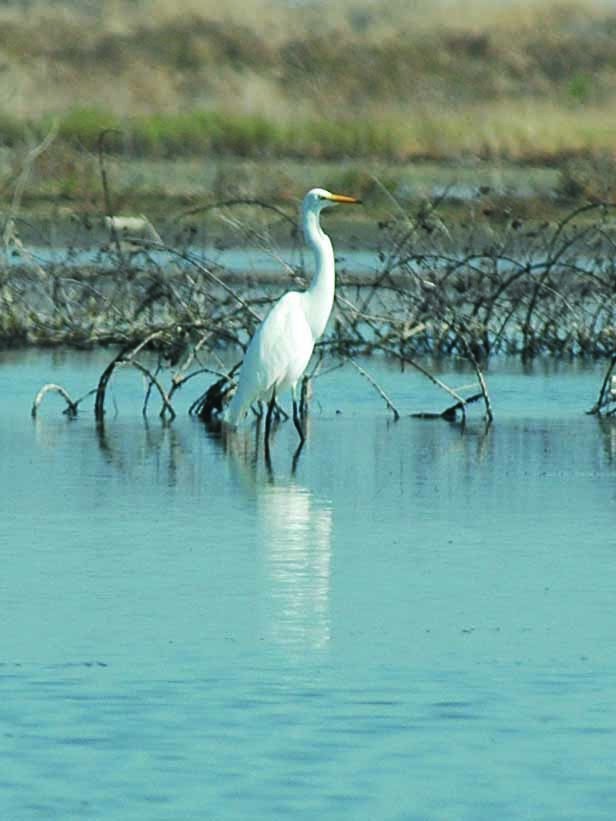
Social Sharing